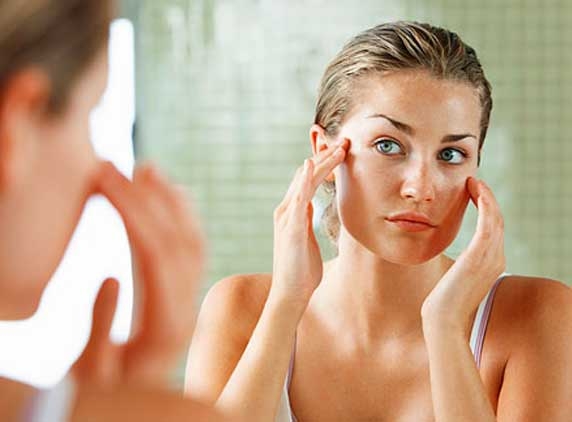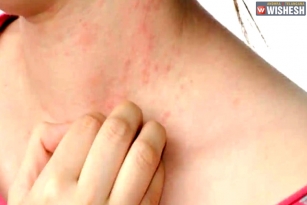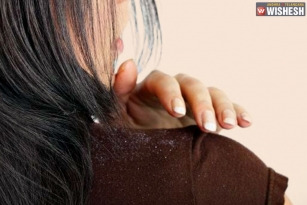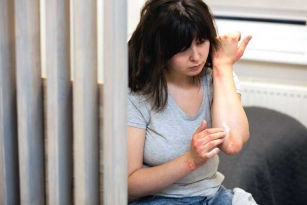
Yes, it is found that depending upon the intensity of the burns, you can actually treat them naturally… let us try to know about this further;
Burns are ugly, they hurt, and they are scary. But they can be treated with simple first aid steps. In fact, they are the one injury that must be treated before medical help arrives. The fact is that burns, unless treated right away, will get worse. They'll get deeper below the surface of the skin because the heat continues to do damage.
First Aids
When it comes to burns, degree has nothing to do with temperature. The terms first-, second-, and third-degree identify the severity of a burn. Of those, first-degree is the least harmful, and third-degree is the worst.
You might not think of your skin as an organ; after all, it hardly looks like a kidney or a heart. But the skin is a system of the body, and it's the largest organ of the body, too. It's the first shield against aliens, a natural-growing, one-person army of protection, germ warfare, and elimination. If something happens to the skin, the rest of your body is much more vulnerable to infection, shock, and disease. A burn, which affects that skin, is its worst nightmare come true. Unless you act fast, a burn can seep into the skin and invade your entire body.
The next few sections cover each degree of burn and specific first aid treatment for it.
Before You Put the Band-Aid On
Because first aid treatment depends on a burn's severity, it's important to correctly identify the severity of the burn. Check the appearance at the center of the wound. That's usually where the burn is deepest, which is your indicator of what degree of treatment is required.
There is a light (excuse the pun) at the end of the tunnel when it comes to burns. The fact is that burns can be treated successfully if first aid is administered quickly. By reading this, you are already ahead of the first aid burn game. You will know how to act fast in case of emergency. You will know how to treat a burn, regardless of the degree or cause, while you wait for help to arrive.
1. Prevent shock.
2. Ease pain.
3. Reduce the risk of infection.
4. The first aid measures you don't take can be as important as those you do take, especially when it comes to burns. For example, earlier you learned that treating bruises is different than treating cuts, despite the fact that you can follow basic, general outlines for both. In short, there are always exceptions to every rule. And, when it comes to burns, these exceptions can save a life! Here's the “short list” on what not to do:
• Do not pierce or open blisters. It leaves the burned person “wide open” for infection.
• Do not peel off burned dead skin. It not only leaves the new skin underneath too vulnerable to infection, but it can cause scarring.
• Do not attempt to peel away any clothing stuck to the burn. Pulling away the cloth can also peel away any healing skin. And, as anyone who's ever had a bandage pulled off knows, it can hurt too!
• Do not use butter, antiseptic creams, or any other “folk remedies” on burns. They can actually cause the infection you're trying to avoid! None of these remedies, especially butter, will do anything beneficial for major burns.














